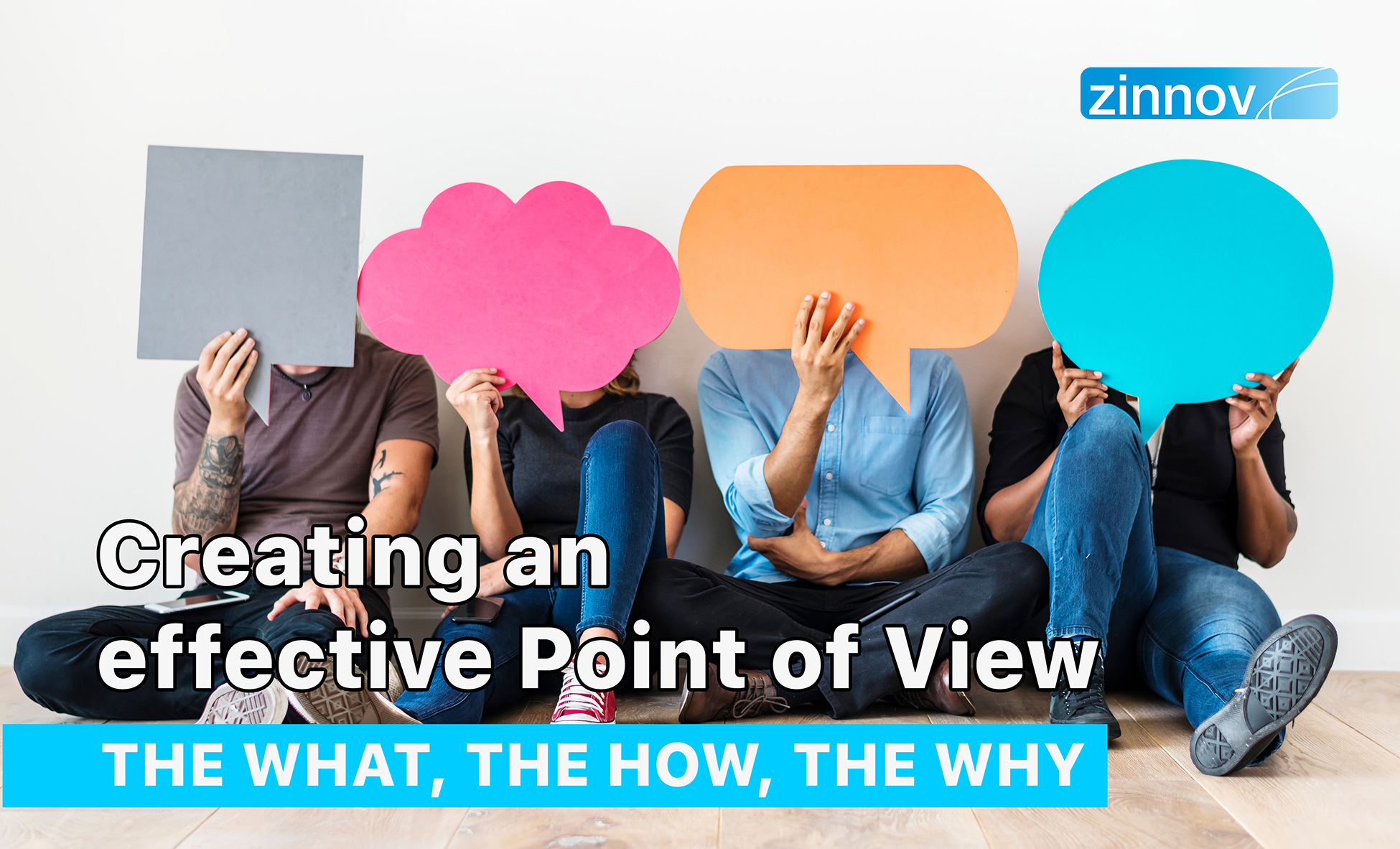|
|

A leader is one who isn’t afraid to push boundaries, who doesn’t stop learning and growing, and who knows how to translate their vision into reality. Great leaders are made, not born; it’s an evolutionary process. In an environment of increasing uncertainty and complexity, leaders’ effectiveness plays a vital role in the growth of organizations. However clichéd, it’s the survival of the fittest. Or more aptly, it’s the survival of those who are open to change their mindsets and transform themselves.
Good vs Great – Leaders Who Blaze a Trail
‘Leadership is the capacity to translate vision into reality.’ – Warren Bennis
To survive in the unpredictable, dynamic business environment and steer an organization towards growth, a fundamentally different kind of leadership is necessary. This type of leadership requires leaders to transform themselves and evolve in fundamentally different ways, acquire new capabilities, and become ecosystem influencers, rather than followers.
A recent study that we did at Zinnov focuses on the three kinds of country managers currently active in Indian Global In-house Centers (GICs) – Governor, Techie, Intrapreneur. Intrapreneurs are the key to driving future growth and evolution of GICs into transformational hubs. The study revealed that, at present, there are only 6% Intrapreneur country managers in the industry, while there is a need for 15%. How can this chasm be bridged?
One way is to nurture leaders – not just good ones, but great ones, across the organization. And what sets apart a great leader from a good one, is their unique point of view; their ability to build a business case that is not just effective, but compelling.
But what is a Point of View (POV)?
A ‘point of view’ is an attitude or a way of considering a matter. But why is a POV even important? Leaders need to have a unique point of view. And what distinguishes a great leader from a good one is a well-structured opinion. History shows that people who have created an impact are the ones who have unique perspectives and opinions, with the ability to set the course for the future. A compelling point of view can be created from the ground up using Zinnov’s Leadership Framework that has 5 As – Awareness, Architect, Assemble, Assess, and Articulate.

Vincent Van Gogh. Pablo Picasso. Banksy.
All three artists have left indelible marks on the Art world through their distinctive artworks.
Aristotle. Galileo Galilei. Isaac Newton.
Three scientists, three heavyweights whose discoveries and inventions shape the field of Science even today, centuries after their deaths.
John Locke. Abraham Lincoln. Martin Luther King Jr.
Visionaries in their own right, who liberalized the thinking during their time and beyond, to become global influencers.
Henry Ford. Alfred Sloan. Taiichi Ohno.
Three pioneers who revolutionized the American and Japanese automobile industry respectively at various points in time, to make it a juggernaut and a world dominant for a long time.
What sets these pioneers and visionaries apart from the rest in their respective fields is their unique points of view. While having a compelling point of view is half the battle won for leaders, the other half constitutes on presenting it in a meaningful and convincing manner.
In a world where opinions are freely available, why does having a PoV matter?
Apart from having an effective point of view, what puts a great leader a notch above a good leader, is their ability to fluidly adapt to change. With the technology industry in a constant state of flux, it pays to have a leader who can adapt to these changes and evolve, to steer their organization onward and forward.
Some of the factors that have put the industry into a state of flux include –
While having a point of view is critical for leaders, building a business case with a unique point of view and presenting it to the concerned stakeholders in an organization is equally important, if not more so. A POV could be defined as a validated business case, idea, or an opinion that aligns with the business outcomes and objectives. With multiple and multi-functional stakeholders in play in any large R&D organization, obtaining their buy-in for your point of view will go a long way in translating the draft point of view into reality.
We, at Zinnov, have outlined a framework to create a compelling point of view that has the potential to impact business outcomes. It consists of the 5 A’s, each of which helps answer pertinent questions such as –
Creating an Effective POV with the 5 A’s
While having a point of view for a leader is imperative, creating an effective one is an evolutionary process.